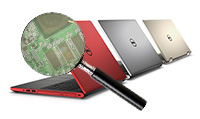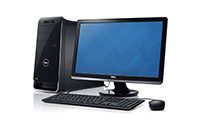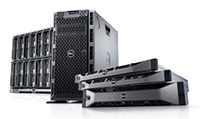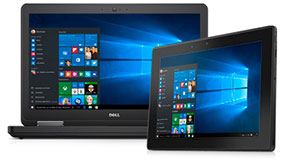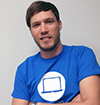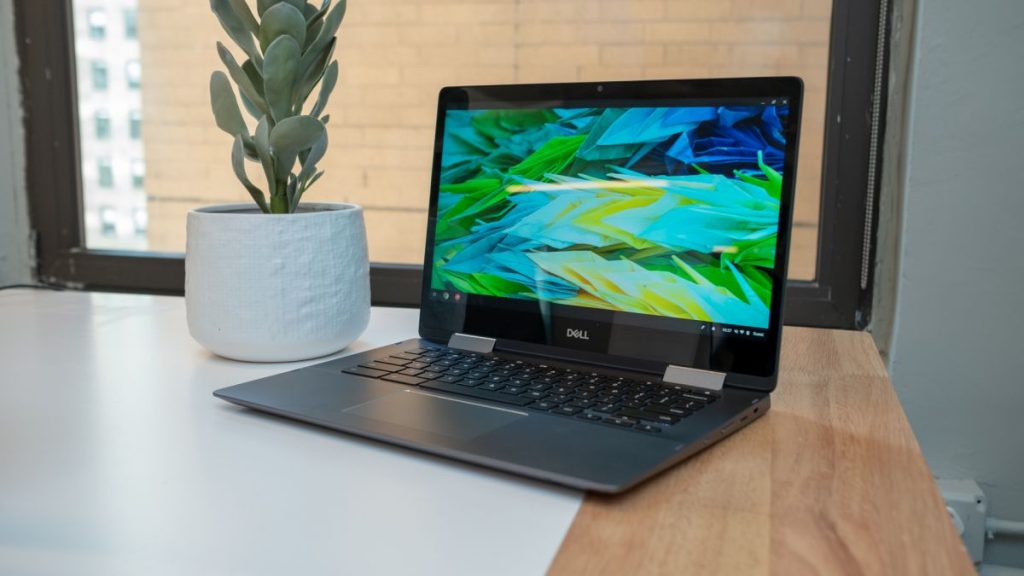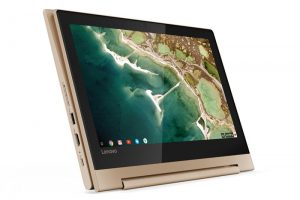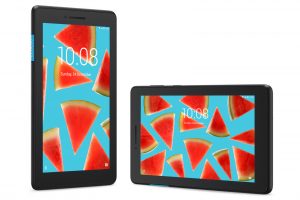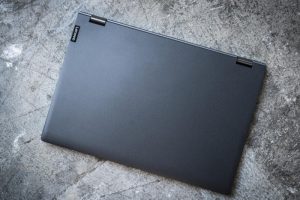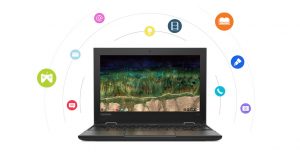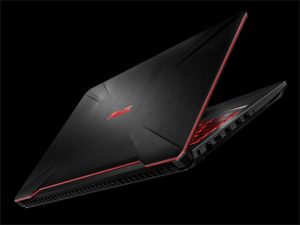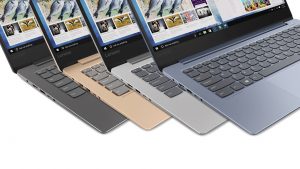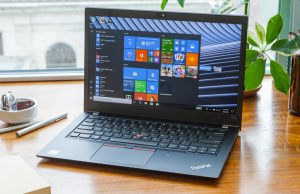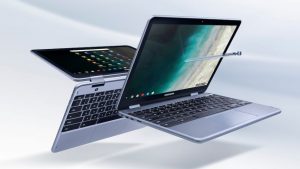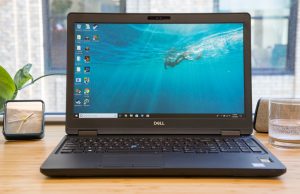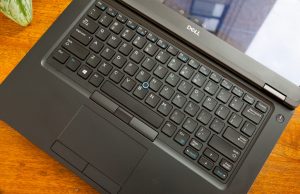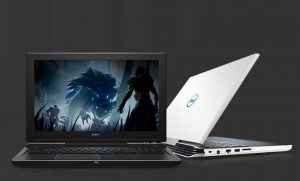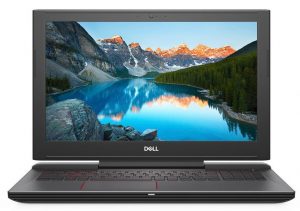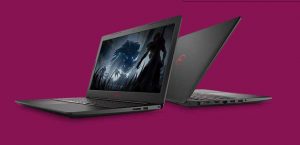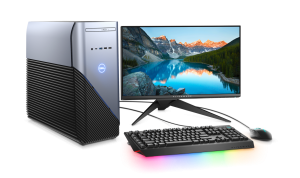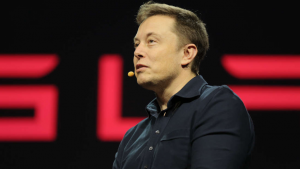

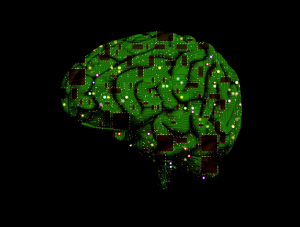

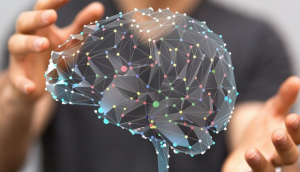

While very few details aside from cryptic tweets and vague hints currently exist surrounding the Neuralink venture, we do have confirmation that Elon himself will be delving deep into the topic sometime in the next week on the Wait But Why blog run by Tim Urban. As with any eccentric billionaire idea Musk has had to date, we await his insights on human cranial computers with the same anticipation as his planet-altering concepts on self-driving automobiles, solar power, and space travel. For now, it’s interesting to merely ponder how humans might improve from their own scheduled “software updates”, the ability to access a cloud-like database of memories, and “wirelessly” sending thoughts, words, and feelings to external devices – human and otherwise.

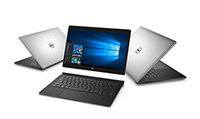 Laptop & Tablet Parts
Laptop & Tablet Parts